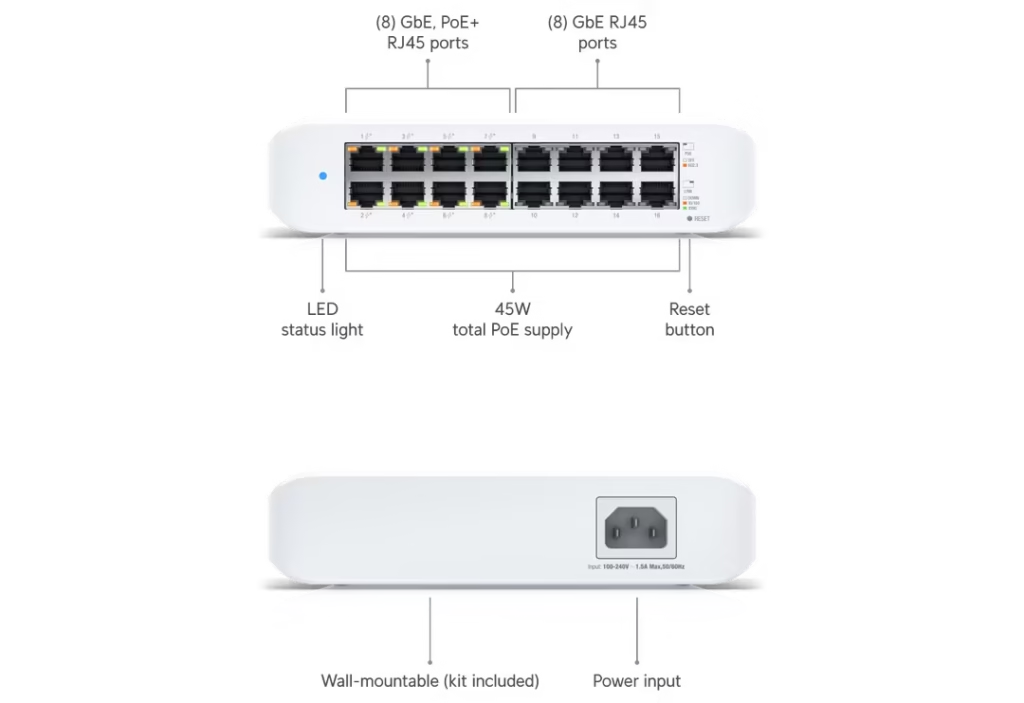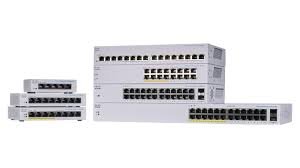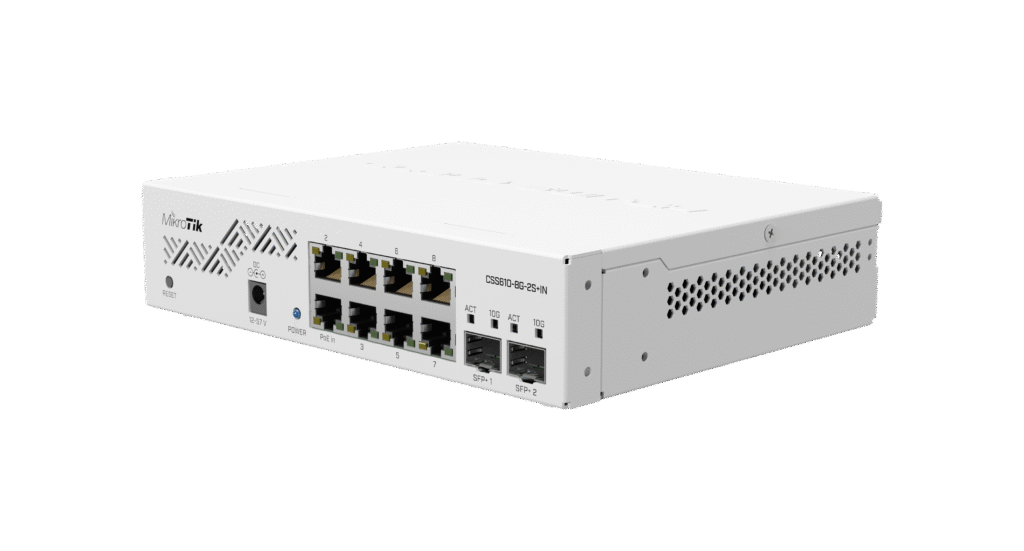For most home lab enthusiasts, fanless and silent switches are perfect options in 2025. These run without any noisy fans and provide a quiet, stable environment. They consume lesser power and require very low maintenance. Therefore, these are the most suitable options in home labs small offices, and noise-sensitive setups.
Why Choose Silent or Fanless Switches?
Silent and fanless network switches have several uses for the benefit of the user. First of all, they reduce noise level, making it easy to enjoy the homelab. They consume low energy because of passive cooling. They are, thirdly, longer-lasting since there are no moving parts and hence more reliable than conventional fan-based switches. In addition, these are suitable for energy-efficient, space-saving, and seeking long-lived users.
Key Attributes for 2025
Choosing the best fanless switch for a homelab involves several considerations. To begin with, ports should be checked for suitability concerning your networking needs. Then ensure that transfer speed is up to the mark for a seamless connection. Lastly, make sure to look for advanced features such as PoE, VLAN support, and Layer 2 management. The combination would guarantee silent operation with enterprise-grade networking.
Best Silent & Fanless Switches in 2025
1. Ubiquiti UniFi Switch Lite 16 PoE

UniFi Switch Lite 16 PoE is just perfect for a homelab. First, it is totally quiet with fanless cooling. Second, it provides strong support of POE to power devices such as access points or IP cameras. Third: it can be easily adopted by the UniFi Controller for full management.
2. TP-Link TL-SG108
The TP-Link TL-SG108 has good popularity among beginners. First of all, there are 8 Gigabit Ethernet ports that are plug-and-play simple. Secondly, it has a fanless design for noiseless operations. And finally, it is small and pocket-friendly, which makes it a good candidate for small-sized homelabs.
3. Cisco Business 110 Series Switch

The Cisco Business 110 series provides reliable yet quiet operation. To begin with, it runs at speeds up to Gigabit Ethernet for high-speed connections. In addition, it offers energy-saving options. Moreover, it’s fanless, allowing quiet operation in homelabs and offices.
4. Netgear GS108E Smart Managed Plus
It is the Netgear GS108E that is tailored for guaranteeing advanced home trenorism. First of all, it supports VLANs, QoS, and traffic monitoring, among other features. Secondly, it carries quite durable quality about its build. Thirdly, it is a fanless unit for assuring efficiency to your network while maintaining silence.
5. MikroTik CSS610-8G-2S+IN

This MikroTik CSS610-8G-2S+IN is the best for those homelabs that require that much higher speed. First of all, consider it has 8 Gigabit ports and also the 2 SFP+ ports that would serve 10Gb connections. In addition to this, it also has a fanless design, thus making it operate quietly. Because of this, it will be matched for advanced networking experiments.
Silent versus Fanless Switches: Is There a Difference?
Most people consider fanless switches to be silent switches and vice-versa. However, the distinction is slightly different. A switch can be considered fanless when it does not have any fan at all, and relies on passive cooling methods. Whereas a silent switch does attach a fan but does not make heavy duty noise. Both categories lower noise levels and are great for homelab networking.
Conclusion
In 2025, the best silent and fanless switches provide homelab users with a reliable and quiet network while being power-efficient. Ubiquiti leads by offering PoE capability; TP-Link offers budget options; Cisco provides stability; Netgear introduces smart features; and MikroTik presents 10Gb performance. Therefore, the purchase depends on whether it is affordability, high features, or high-speed connectivity desired. Silent and fanless switches ensure peace and non-noisy networking in your homelab.




Great breakdown on why fanless switches make sense for homelabs in 2025. One underrated benefit I’ve noticed is how much easier thermal management becomes in smaller setups—without active cooling, you can place the switch almost anywhere without worrying about airflow. It really makes experimenting with different rack or desk layouts a lot simpler.
Great breakdown of why fanlessBlog comment creation switches make sense for homelabs. One thing I’ve noticed is that the lower heat output not only keeps things quiet but also helps with long-term reliability since there are fewer moving parts to fail. It’s definitely a tradeoff worth considering for anyone balancing performance with a low-maintenance setup.
Great breakdown onBlog comment creation why fanless switches make sense for homelabs. Beyond just noise reduction, I’ve noticed they also cut down on dust buildup since there are no fans pulling particles through the chassis, which is a huge plus for long-term reliability. Curious if you’ve seen any trade-offs in terms of heat management when stacking multiple units together?
Great breakdown on why fanless switches are becoming more popular for homBlog comment creationelabs. One extra advantage I’ve noticed is how they tend to generate less heat, which can make a difference in smaller setups where airflow is limited. It’d be interesting to see how newer models balance energy efficiency with port density going forward.
Great breakdown of why fanless switches make sense for homelabs in 2025. One thing I’ve noticed is that silent switches not only cut down on noise but also tend to generate less heat overall, which helps with long-term reliability. It’d be interesting to see more comparisons on how power efficiency differs between fanless and traditional models in real-world setups.
Great breakdownBlog comment creation guide on why fanless switches make sense for homelabs. One thing I’ve noticed is that the reduced heat output also makes them easier to tuck away in smaller setups without worrying about extra cooling. Curious if you’ve seen any trade-offs in terms of performance when going fanless, especially under heavier workloads?